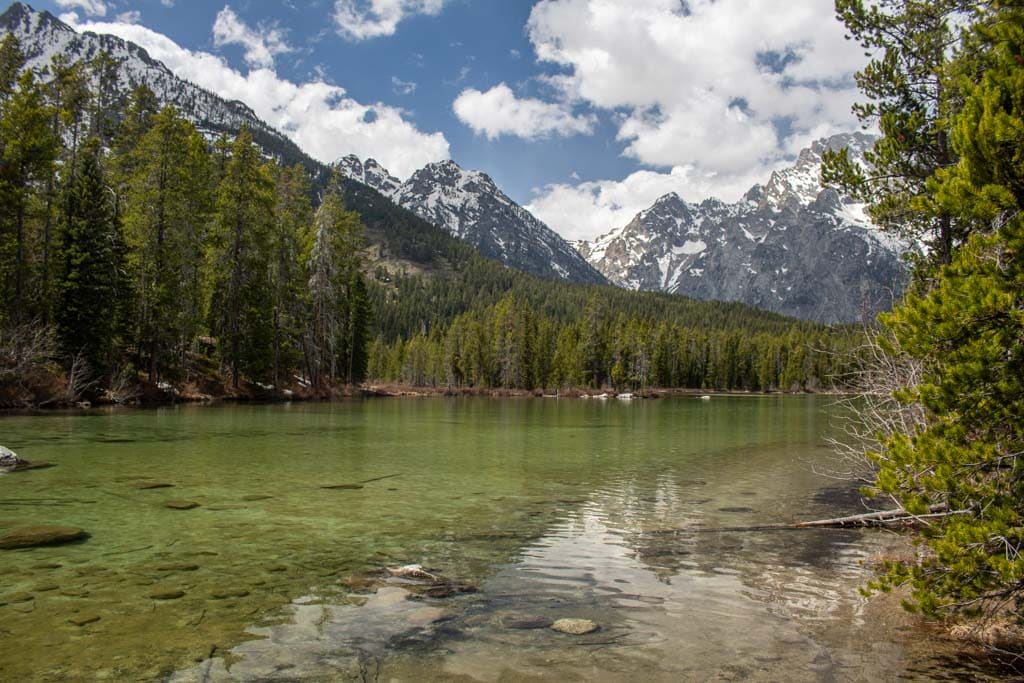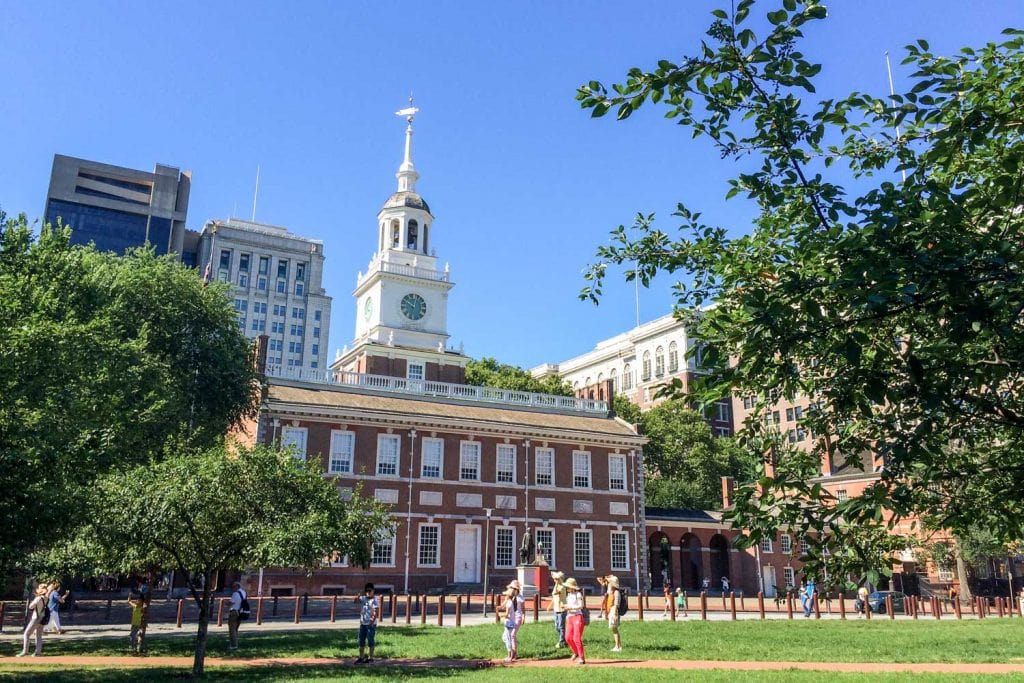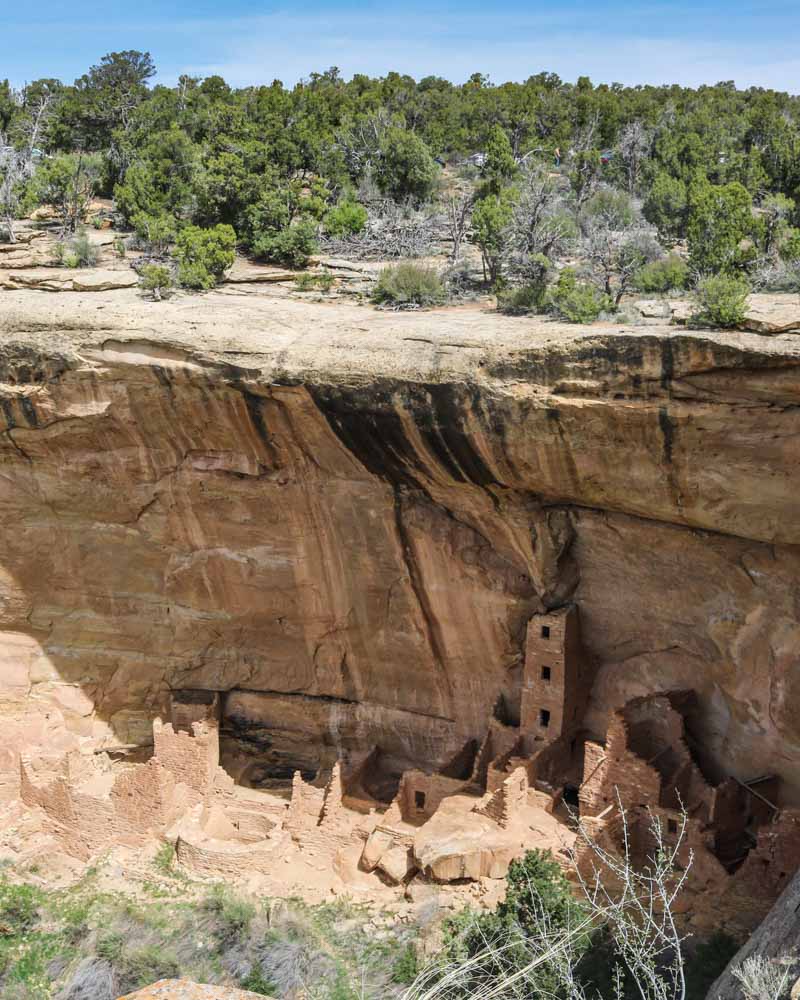President Biden Proposes $3.6 Billion Budget for the National Park Service in Fiscal Year 2023
This news story about President Biden’s $3.6 billion National Park Service budget proposal for 2023 is based on a March 28, 2022, National Park Service press release. You can read the original release here.
On Monday, March 28, 2022, the Biden-Harris Administration submitted the President’s Budget for fiscal year 2023 to Congress.
In this budget proposal, President Biden includes a budget increase of nearly $500 million for the National Park Service, which would bring the total 2023 National Park Service budget to $3.6 billion.
The President’s Budget details his vision to expand on the historic progress the United States has made over the last year.
It will also help deliver the agenda President Biden laid out in his State of the Union address—to build a better America, reduce the deficit, reduce costs for families, and grow the economy from the bottom up and middle out.

Biden Proposes $3.6 Billion Budget for the National Park Service in 2023
The proposed budget includes $3.6 billion budget for the National Park Service for Fiscal Year 2023, an increase of $492.2 million compared to an FY 2022 Continuing Resolution.
It prioritizes equity and inclusion, climate science and resiliency, infrastructure needs such as bandwidth improvements and addressing deferred maintenance.
Increasing or restoring park capacity is consistent across these initiatives. The Budget makes critical investments in the American people that will help lay a stronger foundation for shared growth and prosperity for generations to come.
“The 2023 budget demonstrates a commitment from the Biden-Harris Administration to address critical issues of our time,” said National Park Service Director Chuck Sams.
“The National Park Service plays an important role in connecting Americans to our interwoven history, culture, and environment. This funding is essential to help us continue to improve vital infrastructure, increase equity and inclusion, and tackle the climate crisis,” he said.
The National Park Service maintains and preserves 424 national parks, 23 national scenic and national historic trails, and 64 wild and scenic rivers.
These places of natural and historic significance provided inspiration and recreation for almost 300 million visitors last year.
Additionally, they are huge economic engines for nearby communities where $14.5 billion in sales supported 234,000 jobs, generating $9.7 billion in labor income, $16.7 billion in economic value added, and $28.6 billion in total economic output.
Furthermore, dozens of National Park Service programs, many highlighted below, provide financial and technical assistance to partners and communities that support conservation, education and preservation activities outside of national park boundaries.

At the National Parks Conservation Association, one of the largest charity organizations advocating for the national parks, President and CEO Theresa Pierno said that “amid the ongoing global pandemic, our national parks continue to break visitation records but funding for them has not kept pace. This budget would reinvest in our parks and would start to bring them out of the financial hole they’ve been trying to dig out of for over a decade.”
Fiscal Year 2023 Priorities in the National Park Service Budget
According to the National Park Service press release referred to above, the priorities in the National Park Service budget for Fiscal Year 2023 include the following.
Diversity, Equity, Inclusion and Accessibility Initiative
The FY 2023 National Park Service budget proposes targeted increases of $48 million servicewide to advance racial justice and equity for underserved communities.
Many of the newest additions to the National Park System preserve the stories of under-represented communities, such as African Americans and Native Americans.
The FY 2023 budget requests new funds to support their operations, including Medgar and Myrlie Evers Home National Monument, Camp Nelson National Monument, and Pullman National Monument.
Programs such as the African American Civil Rights Network, Underground Railroad Network to Freedom, and Tribal Heritage grants reflect this commitment.
The additional $48 million requested in the budget includes:
- $14.3 million for operational increases at parks that preserve the stories of under-represented communities, including many of the newest parks;
- $5.0 million to support African American Civil Rights Network partnerships;
- $5.7 million to increase capacity at parks and central offices to strengthen partnerships and improve coordination with Tribes;
- $8.0 million for grants to Tribal Historic Preservation Offices;
- $5.0 million to improve park accessibility by implementing an interdisciplinary network support model, including facility access, accessible programming, recreational experiences and technology;
- $5.0 million to address transportation barriers to parks from underserved communities; and
- $5.0 million for large-scale competitive African American Civil Rights historic preservation grants.

Conservation Initiative
Stewardship of natural and cultural resources is a mission-critical task for the National Park Service.
With targeted increases of $227.6 million, the budget seeks to bolster existing successful programs that protect wildlife and landscapes, fund climate change science and resiliency, and increase resources supporting science-based climate and natural resource decision making.
An important component to tackling the climate crisis is the Biden-Harris Administration’s goal to conserve 30% of the nation’s lands and waters by 2030.
In total, the budget requests an increase of $227.6 million to support climate-related needs, including:
- $57.0 million to increase park natural resources operational capacity;
- $29.6 million to complete natural resource projects, such as wildlife migration corridors, wildland fire fuels management, and responding to natural resource threats;
- $31.0 million to establish a Civilian Climate Corps;
- $17.0 million for Research Learning Centers that facilitate the use of parks for scientific research, share knowledge, and support informed decision making;
- $16.0 million for the Inventory and Monitoring Program that tracks key park resources;
- $10.0 million increase for abandoned mineral lands projects;
- $5.5 million for Cooperative Ecosystem Studies Units which bring together scientists, managers, students, and others to conduct interdisciplinary projects;
- $3.7 million to create an interdisciplinary team to design and conduct inventory and monitoring of cultural resources impacted by climate change; and
- $3.5 million for the Socioeconomic Monitoring program to improve understanding of the demographics and behaviors of visitors.

Addressing Infrastructure and Construction Needs
Significant investment is needed in national park infrastructure to provide safe and quality experiences for hundreds of millions of visitors each year.
Multiple funding sources are part of a concerted effort to address the extensive maintenance repair backlog in national parks.
The existing network of roads, trails, restrooms, campgrounds, water treatment systems, and visitor facilities are aging, and many exceed the capacity for which they were designed.
A new facility condition assessment methodology will provide a more streamlined, comprehensive, consistent, and timely identification of repair needs estimates.
The budget provides:
- $959 million for Facility Operations and Maintenance, including $136 million for repair and rehabilitation projects and $188.2 million for cyclic maintenance projects;
- $6.9 million to address increase leased and owned housing supply for NPS employees;
- $279.3 million to fund construction projects, equipment replacement, management, planning, and special projects. This includes $120.7 million for line-item construction; and
- $6.9 million to make incremental improvements to NPS bandwidth and network capacity, including last-mile connections and other infrastructure improvements.

Operations
The request continues the commitment to the daily mission of providing enriching experiences for the public in all national parks in America.
There are multiple requests across initiatives and functional areas to build or restore operational capacity. The budget increases will support more than 1,400 additional fulltime equivalent employees to strengthen critical functions at parks.
This includes dedicated increases for telling under-represented stories at some of the newest parks, increasing natural resources management capacity to ensure parks are prepared to manage through climate change, restoring law enforcement capacity to the U.S. Park Police, and a general capacity increase of $30.8 million that would benefit all parks.
The Budget makes these smart investments while also reducing deficits and improving our country’s long-term fiscal outlook.
For more information on the President’s FY 2023 Budget, please visit https://www.whitehouse.gov/omb/budget/.






